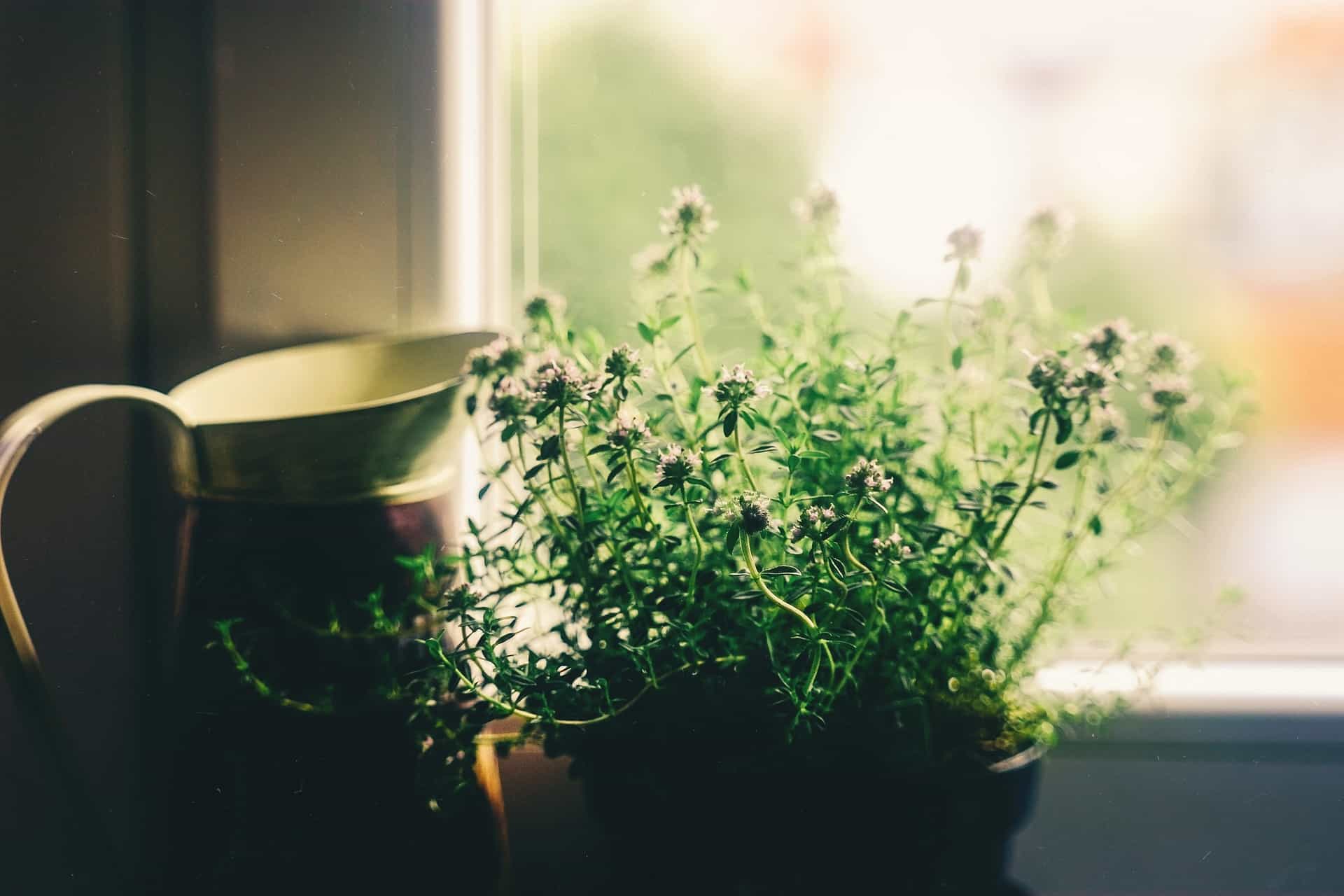 Are you looking for the best herbs for windowsill? Do you want an herb that will provide a steady supply of early spring greens, fragrant flowers, and flavorful aromas? Or perhaps you’re looking for an herb that will add a bit of color and variety to your windowsill garden?
Are you looking for the best herbs for windowsill? Do you want an herb that will provide a steady supply of early spring greens, fragrant flowers, and flavorful aromas? Or perhaps you’re looking for an herb that will add a bit of color and variety to your windowsill garden?
Whatever you’re searching for, there’s a growing herb that will fit the bill.
Growing herbs in your home is a great way to add flavor and nutrition to your meals. Herbs are easy to care for, require minimal space and sunlight, and can thrive indoors or on windowsills. If you’re looking for the best herbs to grow on your windowsill, many options will bring freshness and flavor into your kitchen.
This article will discuss some of the best herbs to grow on your windowsill. Moreover, it will provide a brief overview of important care and maintenance tips.
11 Best Herbs For Windowsill
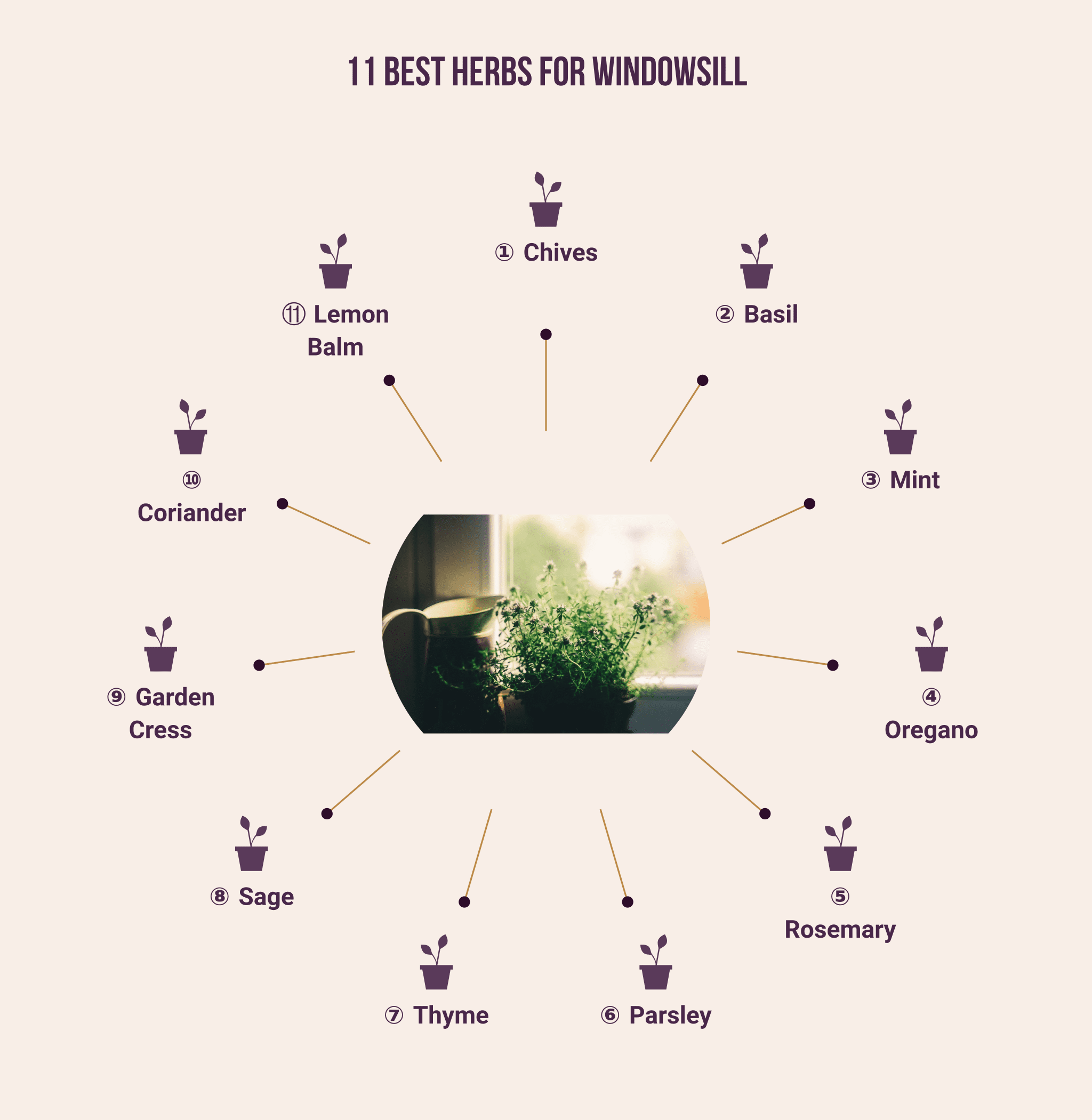
You may be relieved to learn that you can grow herbs without access to a yard or balcony. The windowsill is a perfect environment for growing several herbs. However, you should remember that modern double-glazed and coated windows don’t let in as much light for plants as they would outdoors. Therefore their growth is slowed down slightly.
Here are 11 of the best growing herbs indoors:
① Chives
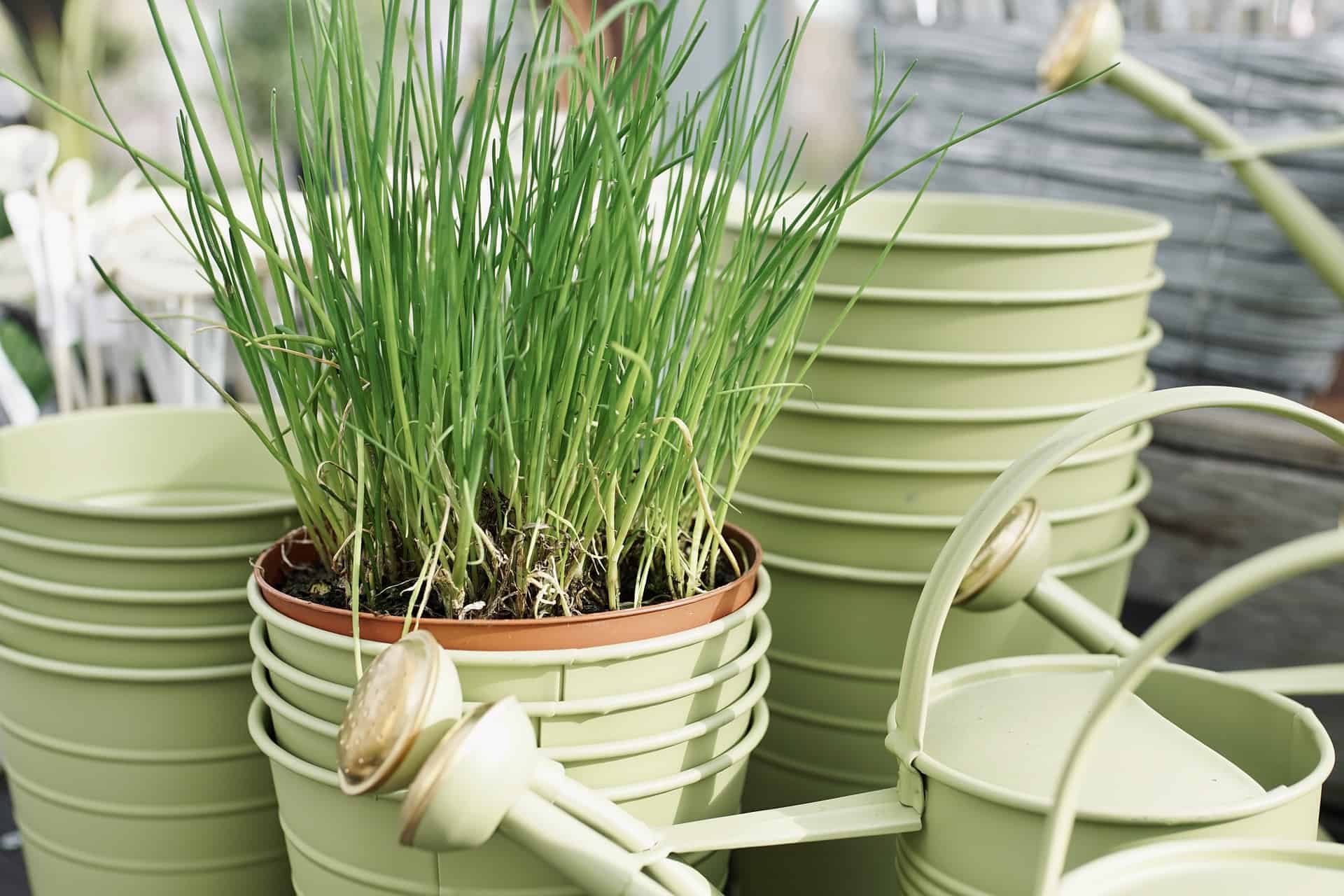
Chives are a herb that can easily be grown indoors or on windowsills. It’s low maintenance and requires minimal care and attention, which makes it an ideal choice for those without the time or patience to tend to a large garden.
The long, slender green leaves of chives look similar to those of its cousin, the onion, but they have a milder taste and aroma. The leaves can reach up to 12 inches in length when fully grown and emit an onion-like scent when crushed. Chives’ flowers range from pinkish-purple to white and give off a sweet oniony fragrance when in bloom.
When it comes to growing chives indoors, one thing you should keep in mind: chives love light! Place them near any window with direct sunlight for at least six hours each day, and make sure the soil is kept moist at all times.
However, it’s important not to overwater them as this can lead to root rot. Also, ensure your pot has drainage holes so that excess water can escape. Fertilize your plants every two weeks during the growing season with a liquid fertilizer formulated for herbs or vegetables.
Besides adding flavor and scent to your meals, chives also have many other uses. They are known for their medicinal properties and can be used as an antiseptic on cuts and wounds due to their antibacterial qualities.
Chive extract is also thought to help with digestion problems such as indigestion and constipation. Furthermore, chive oil is thought to have strong antiviral properties against colds and flu viruses. You can use the stalks of freshly cut chives as garnishes for soups, salads, or sandwiches too!
② Basil
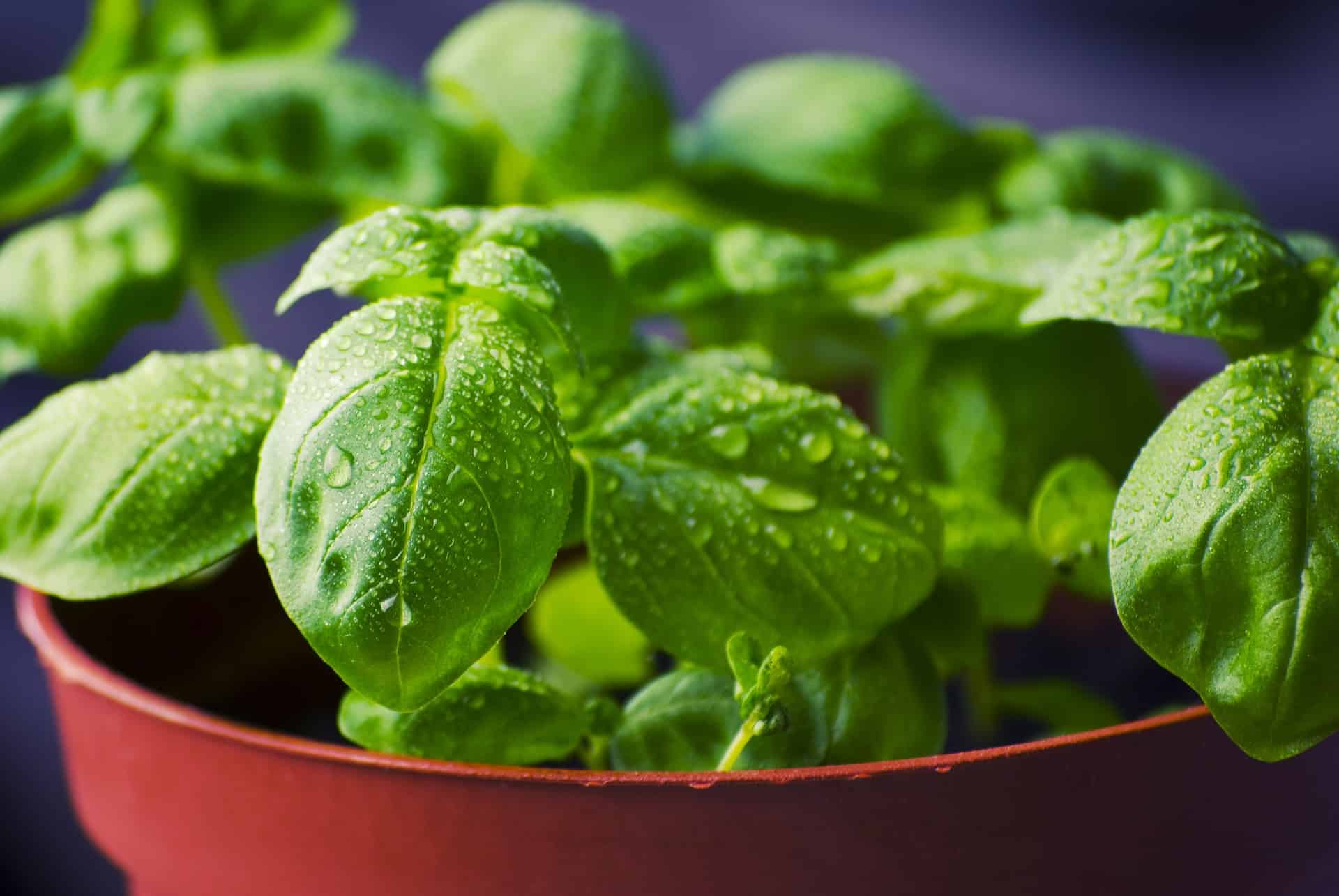
Basil is a popular culinary herb and one of the best herbs you can grow on your windowsill. It has broad, toothed leaves that are bright green in color and a sweet yet peppery taste. Basil loves warmth, so placed it near a sunny window where it receives at least six hours of direct sunlight daily.
Regular watering is also important, as basil needs moist soil to remain healthy. Water your plants when the top inch or two of the soil feels dry. Fertilize regularly with organic fertilizer, such as fish emulsion or compost tea.
You can start harvesting basil from your windowsill once it reaches four inches tall. Pick the outside leaves first as the plant continues to grow. Basil is often used in Italian cooking and can be added to salads, sauces, soups, and pizzas. It also pairs well with tomatoes, garlic, cheese, and other herbs like oregano or thyme.
Basil has many health benefits too! It’s high in vitamin K, which helps strengthen bones and helps regulate blood clotting. It’s also rich in antioxidants that protect your cells from damage caused by oxidative stress. Plus, it contains compounds that may help reduce inflammation and support a healthy immune system response.
③ Mint
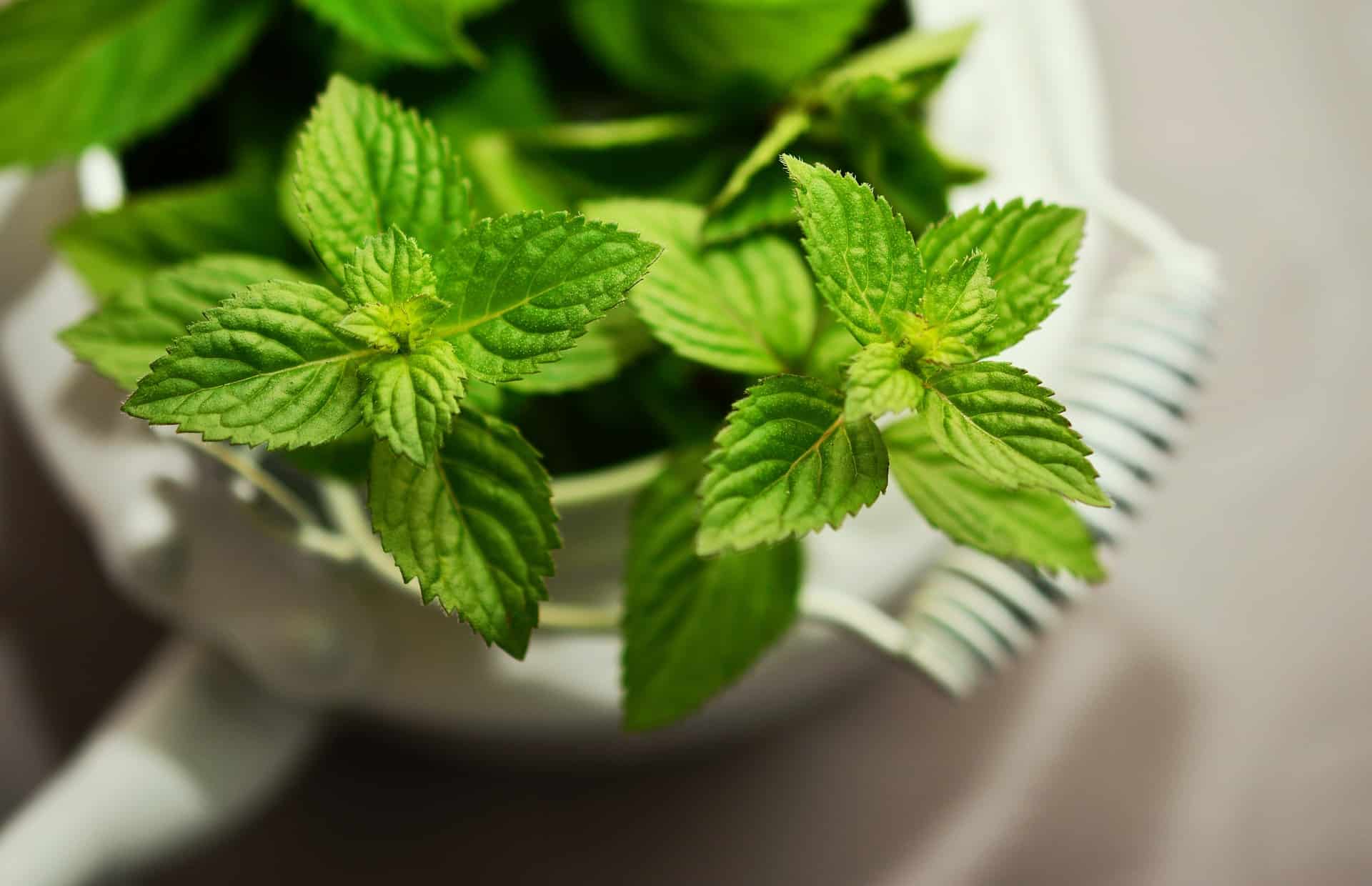
Do you like the refreshing taste of mint? If so, it’s a great choice for your windowsill. Mint is part of the Lamiaceae family and has wide varieties, from spearmint to peppermint and even chocolate mint.
This hardy plant has lush, rounded leaves with a distinctly serrated edge and can be found in shades of green with white, yellow, or lavender streaks. To maximize the health and scent of your mint, look for a sunny spot around your windowsill. The soil should be kept moist but not wet and can thrive outdoors during warmer months.
Once you’ve harvested some fresh leaves, use them for culinary purposes! Try it as a welcome addition to salads, desserts, or beverages for an instant flavor boost.
④ Oregano
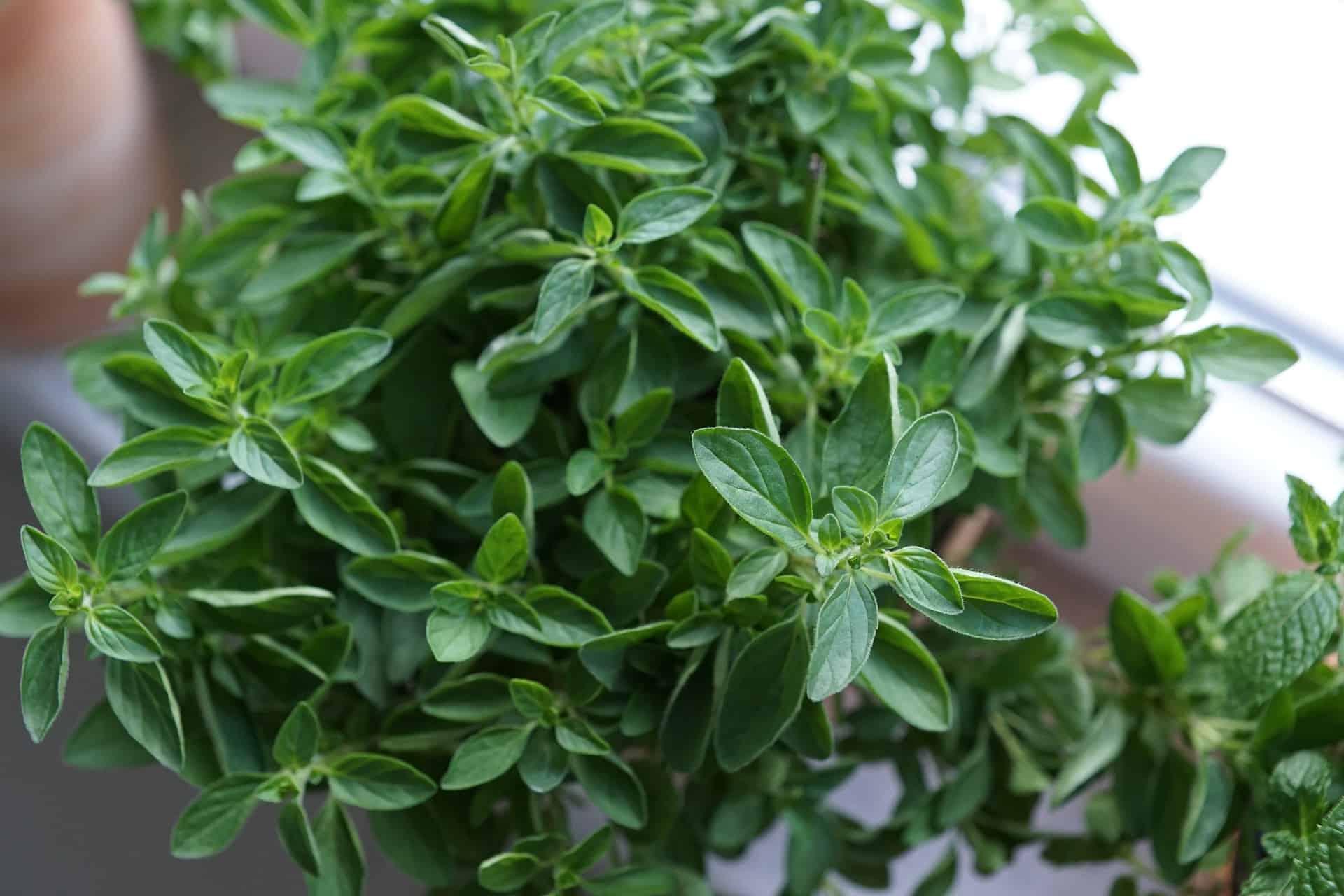
Anyone who has experienced the complexity of oregano understands that it’s an absolute requirement when preparing poultry and pot roast. Oregano is one of the most versatile herbs for a windowsill garden. Its bright oval green leaves and pinkish-mauve flowers make it an attractive addition to any kitchen.
For optimal growth, oregano requires full sun, low moisture levels, and well-drained soil. To achieve this, ensure to water it whenever the top layer of soil feels dry, usually every other day. You can use oregano in so many ways! It makes an excellent flavoring for soups, stews, and sauces, as well as added freshness when sprinkled atop salads or pizza.
Try drying some sprigs and then grinding them up to create your oregano seasoning. Most importantly, oregano is a must-have ingredient in a homemade Mediterranean feast!
⑤ Rosemary
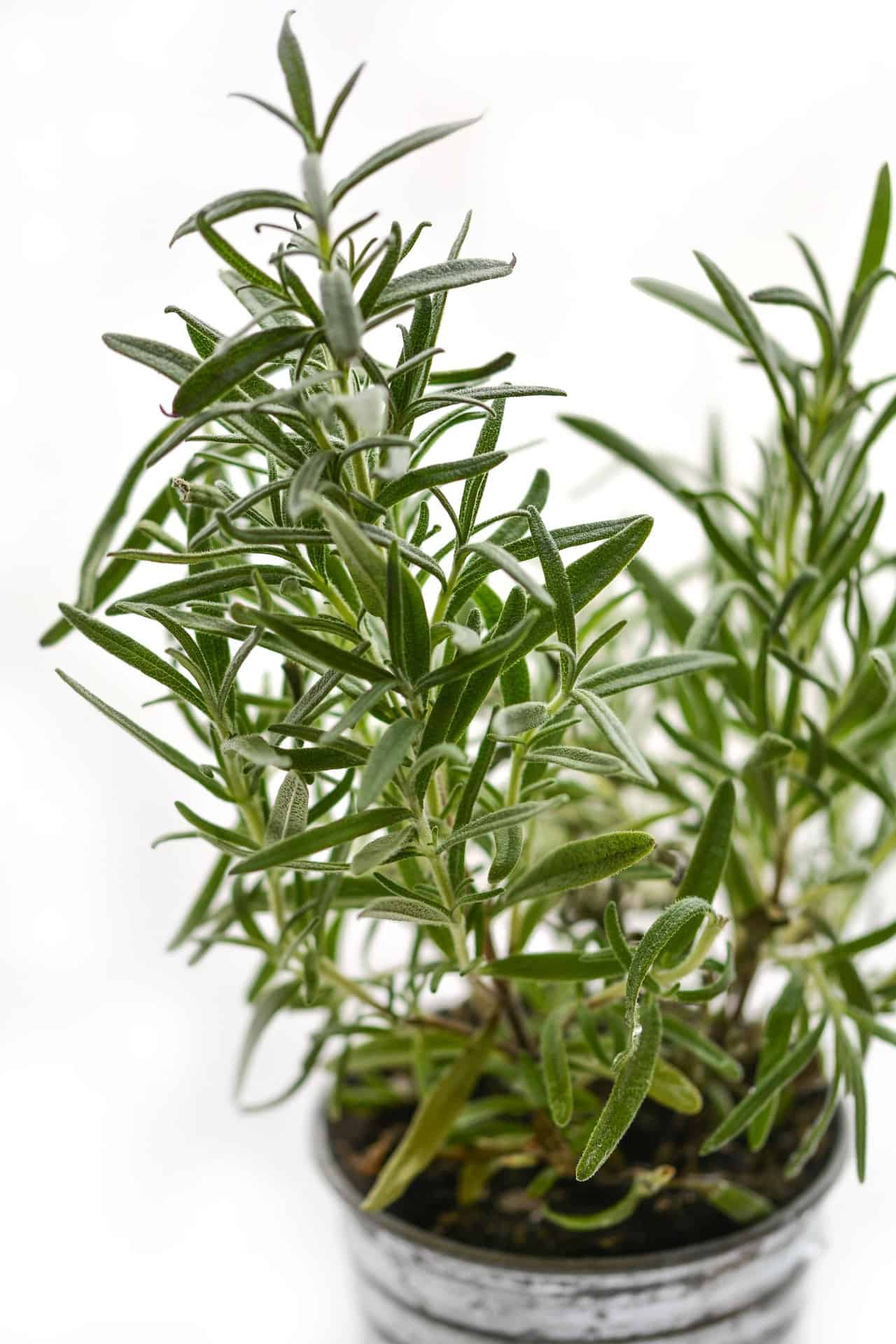
Rosemary is an aromatic and fragrant herb used for centuries in cooking and medicinal purposes. It has a woody stem, bright green leaves, and small white flowers when it blooms. Rosemary’s flavor is strong, slightly piney, and peppery with an underlying sweetness and can be used in many dishes, from roasts to soups.
To ensure a bountiful rosemary harvest, plant it in an area that receives at least six hours of direct sunlight daily and keeps the soil moist but not wet. Rosemary can be harvested all year round as long as you trim or pinch off the top three inches of each stem to prevent overgrowth.
With its strong flavor, rosemary is the perfect addition to savory and sweet dishes. Try using it as a rub for roasted meats, as an infusion for herbal tea, or as part of a marinade for grilled vegetables.
Additionally, the aroma of rosemary is pleasant and can easily freshen up any room. Growing your own may even enhance this scent, creating an inviting atmosphere in the home.
⑥ Parsley
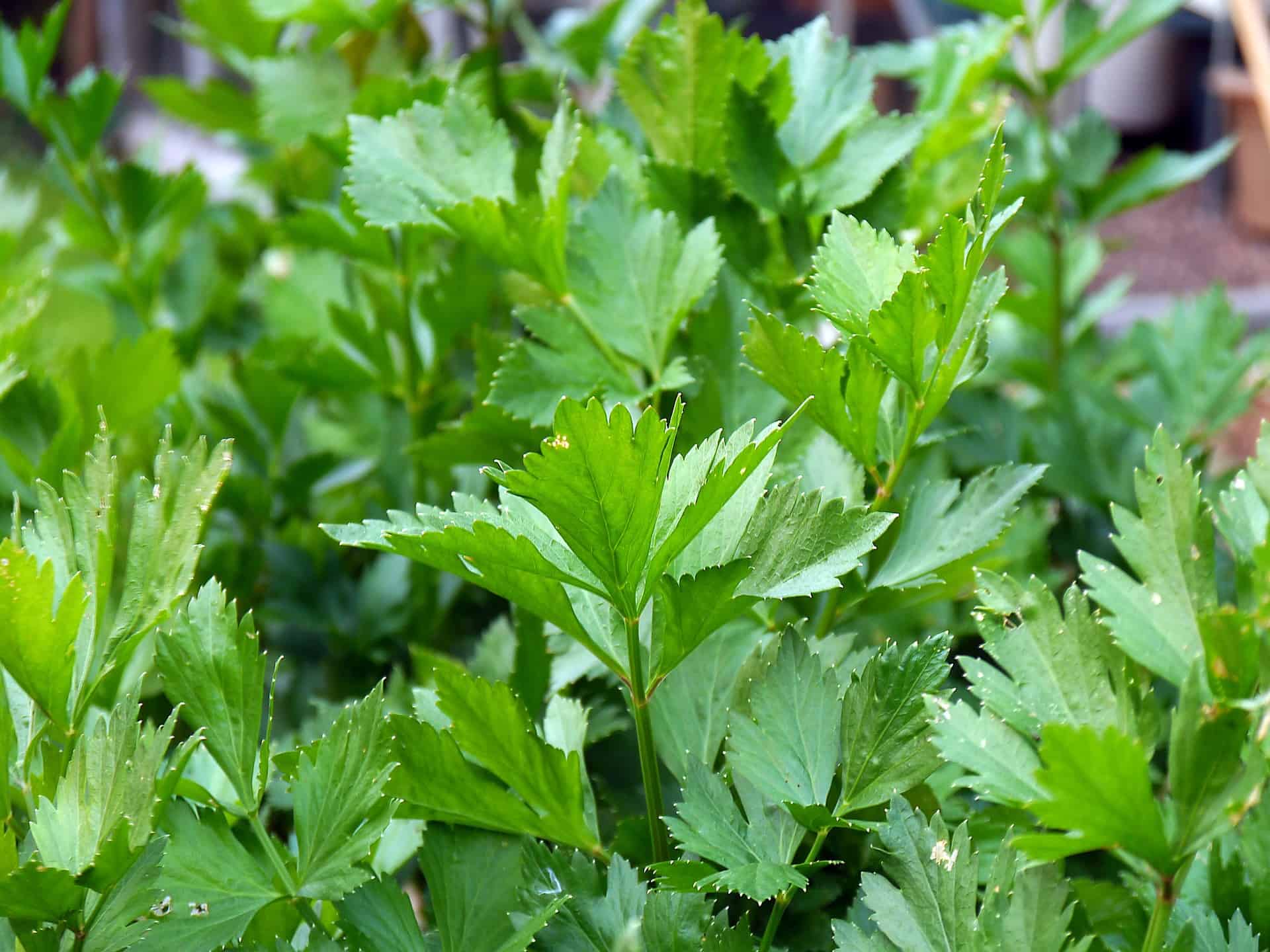
Parsley is an herb that packs a lot of flavor and nutritional benefits into its small, compact leaves. Due to its bright green hue and textured shape, it has long been used as a garnish for dishes like seafood and famous sauces like steak tartare.
Parsley also adds a fresh, slightly peppery taste to salads, soups, sandwiches, and pasta. It contains an impressive quantity of vitamin K, which helps in blood clotting.
Adding parsley herbs to your diet can also help reduce inflammation and regulate blood pressure. Parsley is an effective way to get nutrients without adding many calories or fat to your meals. The vibrant nature of this herb and its potent health benefits make it a go-to addition when you want to give your meal an added punch!
To ensure a successful parsley harvest, a south-facing window with at least six to eight hours of sunlight per day will give you the best chance of success. Of course, if necessary, you can always add a fluorescent lamp to the setup, as is the case with any indoor plant.
To promote new growth in the plant’s center, begin harvesting leaves by trimming their outer margins. If you can maintain consistently moist soil, you can harvest fresh parsley well through the winter.
⑦ Thyme
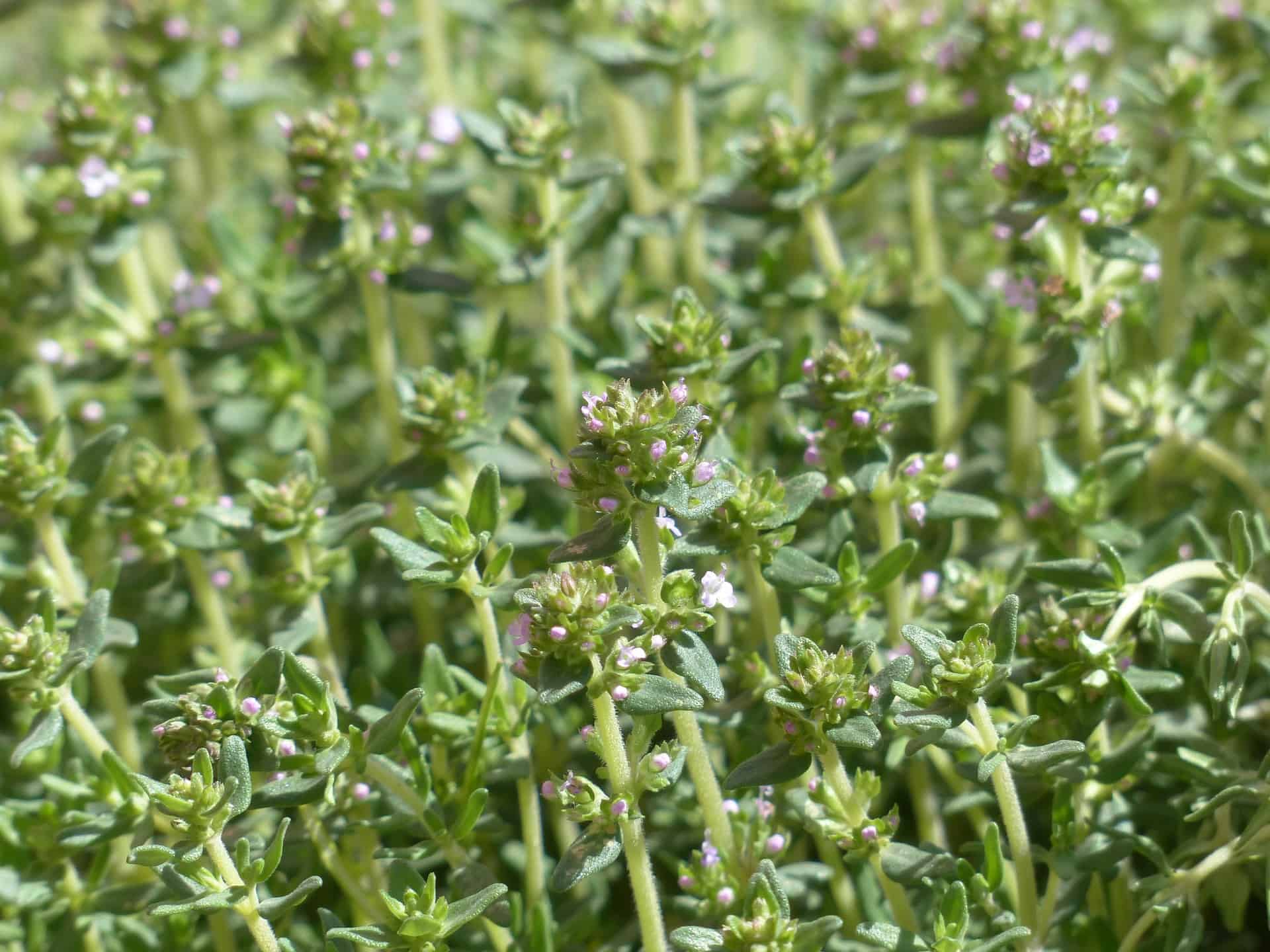
If you are looking for quick, easy, and flavorful meals but want to save money on fresh herbs at the store, try growing thyme right on your windowsill! Not only is it a great source of fresh flavor, but gardening can be calming and rewarding too.
Thyme is an incredibly hardy herb – able to tolerate both cool and warm temperatures easily – so it’s perfect for maintaining year-round. Just make sure you have lots of light since thyme plants require 8 hours of direct sunlight each day. Water regularly with a weak solution of liquid fertilizer and prune away spent branches or leaves.
When cooking with thyme, remember to remove the leaves from the stem and add it towards the end of preparation to preserve their flavor. Thyme pairs wonderfully with classic dishes like roast chicken, steak skewers, or hearty vegetable stews.
Just a few sprigs can elevate an ordinary dish into something extraordinary! You can even dry some of your thyme for winter use. This herb will last for weeks if stored in an airtight container.
⑧ Sage
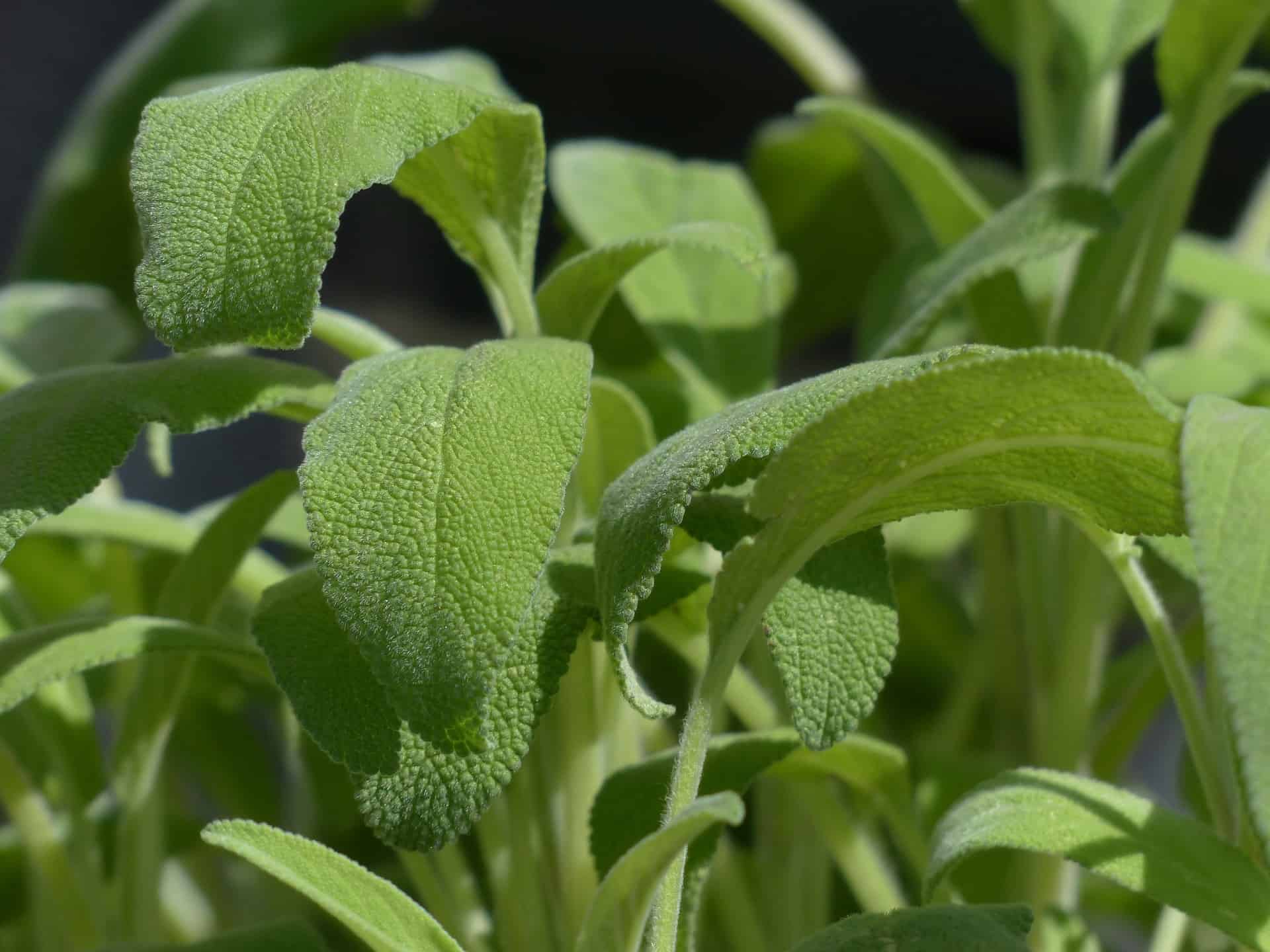
Have you ever noticed the bright purple-blue flowers of sage? Sage is a widely popular herb with many culinary uses. It has a distinct flavor that works in savory and sweet dishes, like stuffed pork chops and classic French toast. You can even use it to replace sugar for low-calorie desserts!
When growing sage indoors, make sure to provide it with plenty of light and consistently moist soil. As with other herbs, trim away spent branches or leaves and use a liquid fertilizer at least once a month to ensure your plant continues to thrive.
Using sage in cooking is simple – just add a few leaves to your dish towards the end of cooking for bursting flavor. Sage pairs wonderfully with roasted vegetables, hearty soups, and grilled meat. It can also make a fragrant tea when steeped in hot water or added to salad dressings. With its versatile nature and unmistakable taste, sage is an invaluable addition to any kitchen!
⑨ Garden Cress
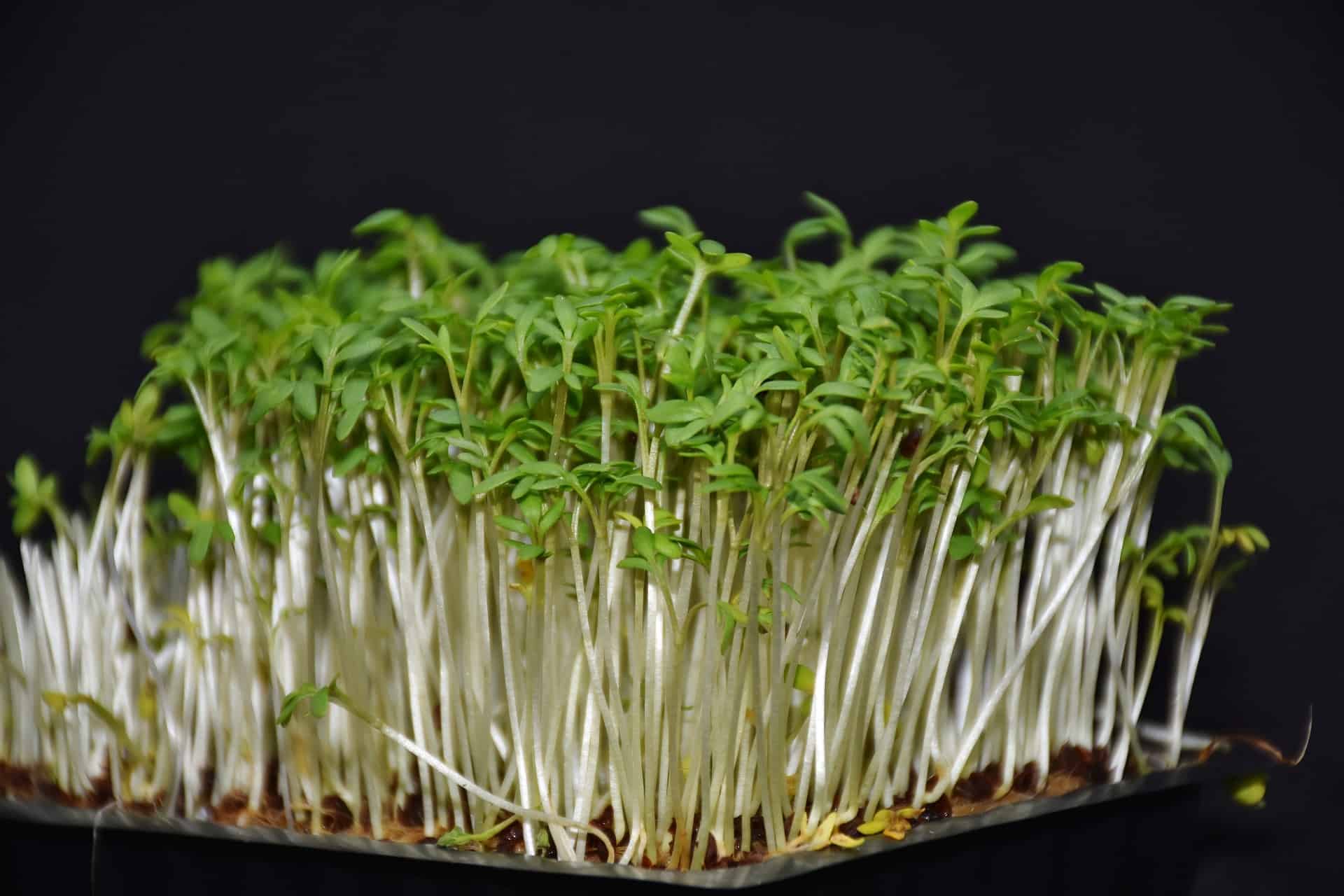
Garden cress, also known as Lepidium sativum, is a popular herb valued for its woody stems and vibrant green leaves. Its flavor is slightly peppery and very unique; it adds complexity to dishes such as salads, sandwiches, and soups. Garden cress is also very nutritious; it contains many vitamins and minerals like iron, calcium, magnesium, and phosphorus.
Moreover, garden cress is beneficial for boosting immunity and has even been used in Ayurvedic medicine for centuries to help with controlling diabetes. Adding the herb to your meals can give your dishes a flavorful edge that you won’t find anywhere else.
Growing garden cress herbs on a windowsill is a surprisingly straightforward task, and the result can benefit your cooking with a unique flavor and texture.
To begin, find a pot wide enough to contain the garden cress’s root system and fill it with quality soil that drains well. Place the seeds in shallow holes no deeper than half an inch before adding 1/4 inch of soil over them.
Gently spray water on the surface every couple of days until you see signs of sprouting about 7-10 days after planting. After this point, providing your windowsill provides plenty of sunlight (ideally 6-8 hours per day) and allows for occasional ventilation. Success with your seedlings is almost guaranteed!
⑩ Coriander
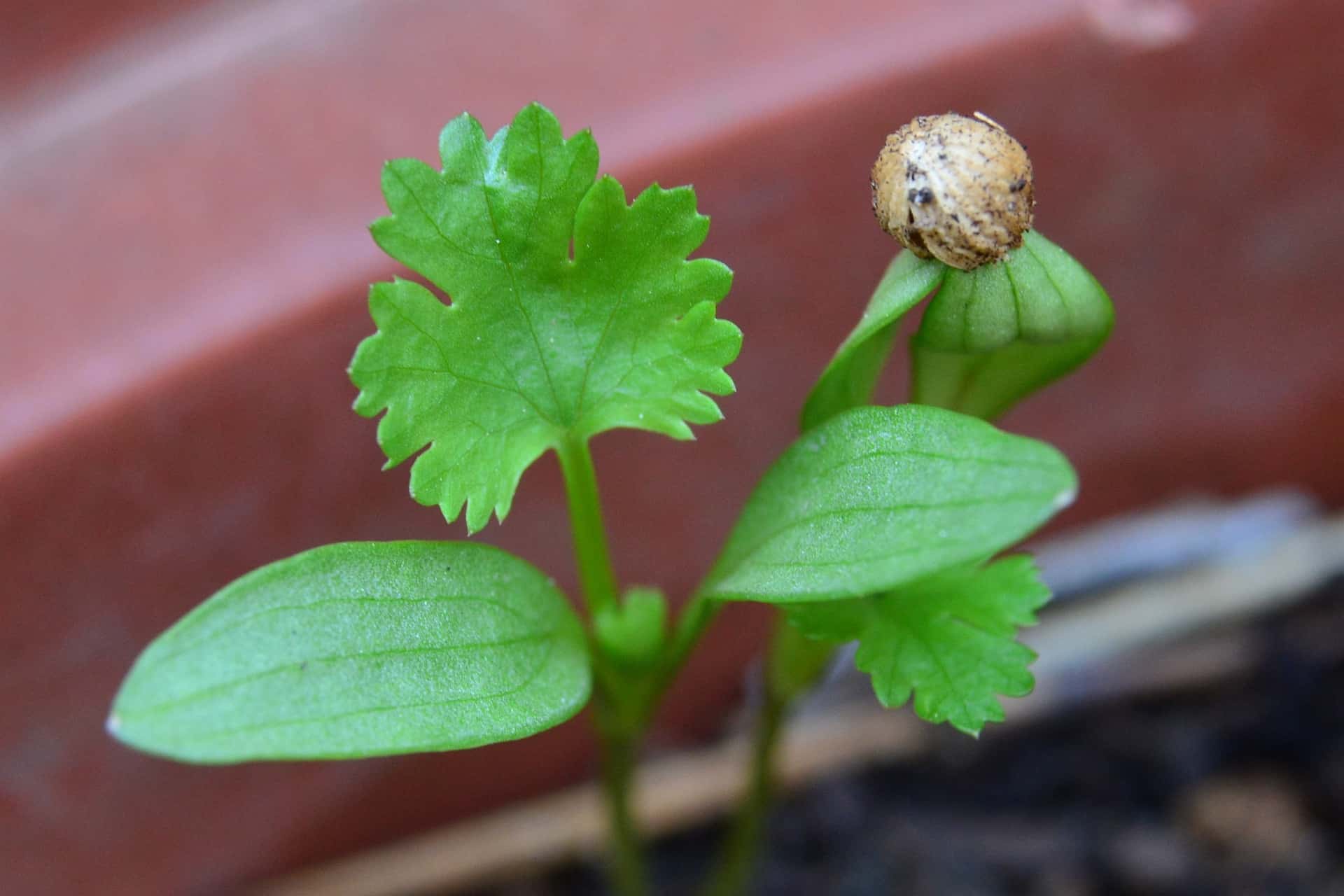
Coriander, also known as cilantro or Chinese parsley, is a strong-smelling herb that has long been used in Indian and Middle Eastern cuisines. Its leaves have a lemony flavor, while its flowers carry an earthy, robust taste to dishes.
While its flavor isn’t for everyone, those who like coriander can easily cultivate it in their homes. Put the coriander plant on a sunny, warm windowsill and water it frequently to ensure a bountiful harvest. Because of its short lifespan, coriander must be replanted every year.
Coriander is a versatile herb with numerous culinary applications. You can use it to make classic homemade salsa, salad dressings, marinades, dips, and sauces. Its flavor has been described as earthy and slightly sweet; it pairs wonderfully with lemon juice for a bright kick of flavor in any dish.
Besides its culinary uses, coriander seeds are sometimes ground into powders in teas or spicy curries. Because the herb contains large amounts of essential oils and antioxidants, it may also have medicinal benefits such as lowering cholesterol levels and relieving digestion troubles. Overall, this versatile herb offers a range of flavorful possibilities for adding interest to various meals.
⑪ Lemon Balm
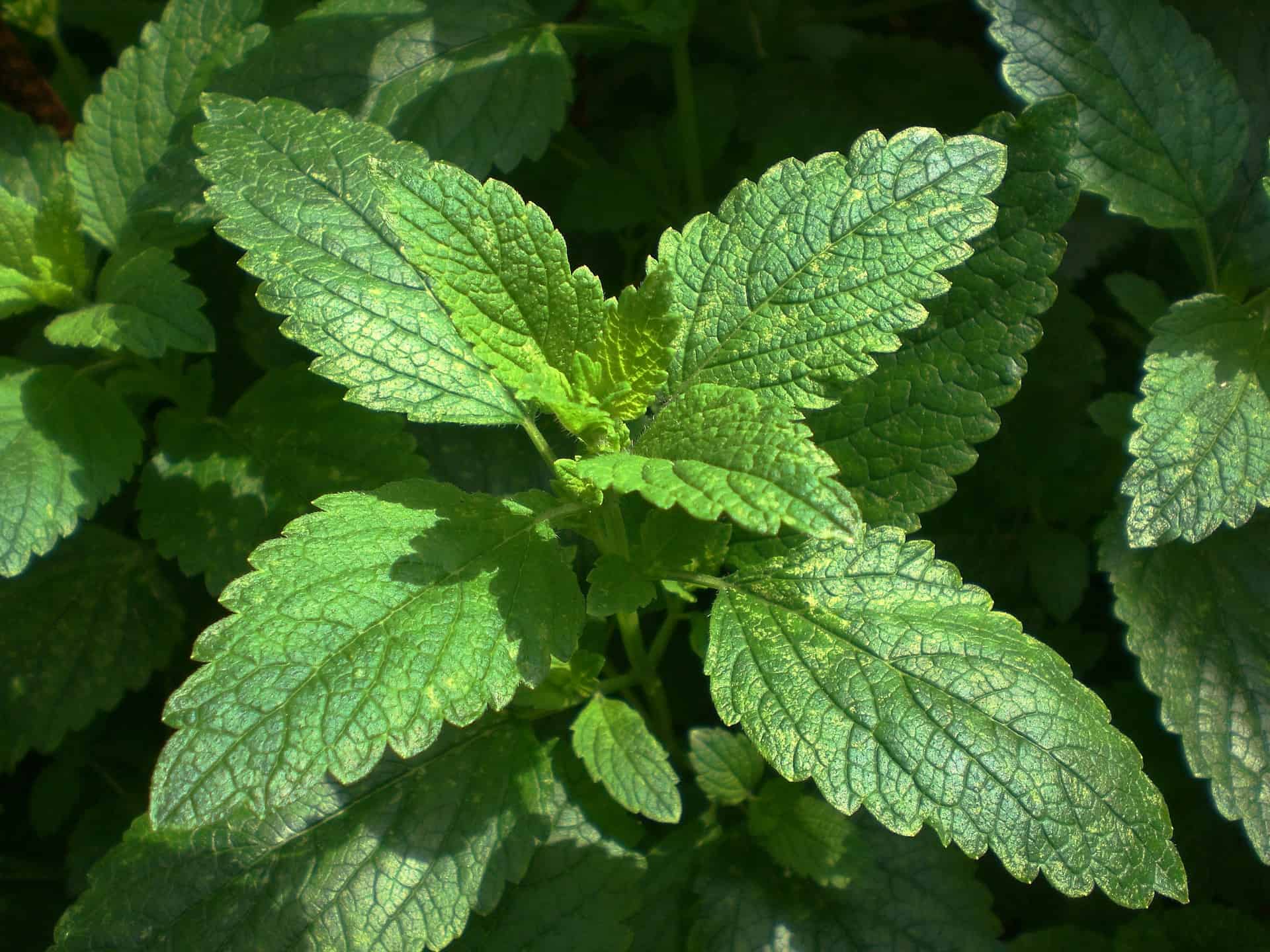
Lemon balm, or Melissa officinalis, is a fragrant herb with an unmistakable lemony scent. It’s often used in teas and herbal remedies; it has been said to help reduce stress and improve sleep quality. The leaves can also be added to salads for a light citrusy kick or cooked into pesto for a flavorful twist.
Because of its light, warm requirements, lemon balm is a great herb to grow on windowsills. It requires direct sunlight for at least four hours daily and should be watered frequently but not excessively. Harvesting the leaves when they reach full maturity helps ensure their flavor remains potent.
Windowsill Herb Care: What To Watch Out For
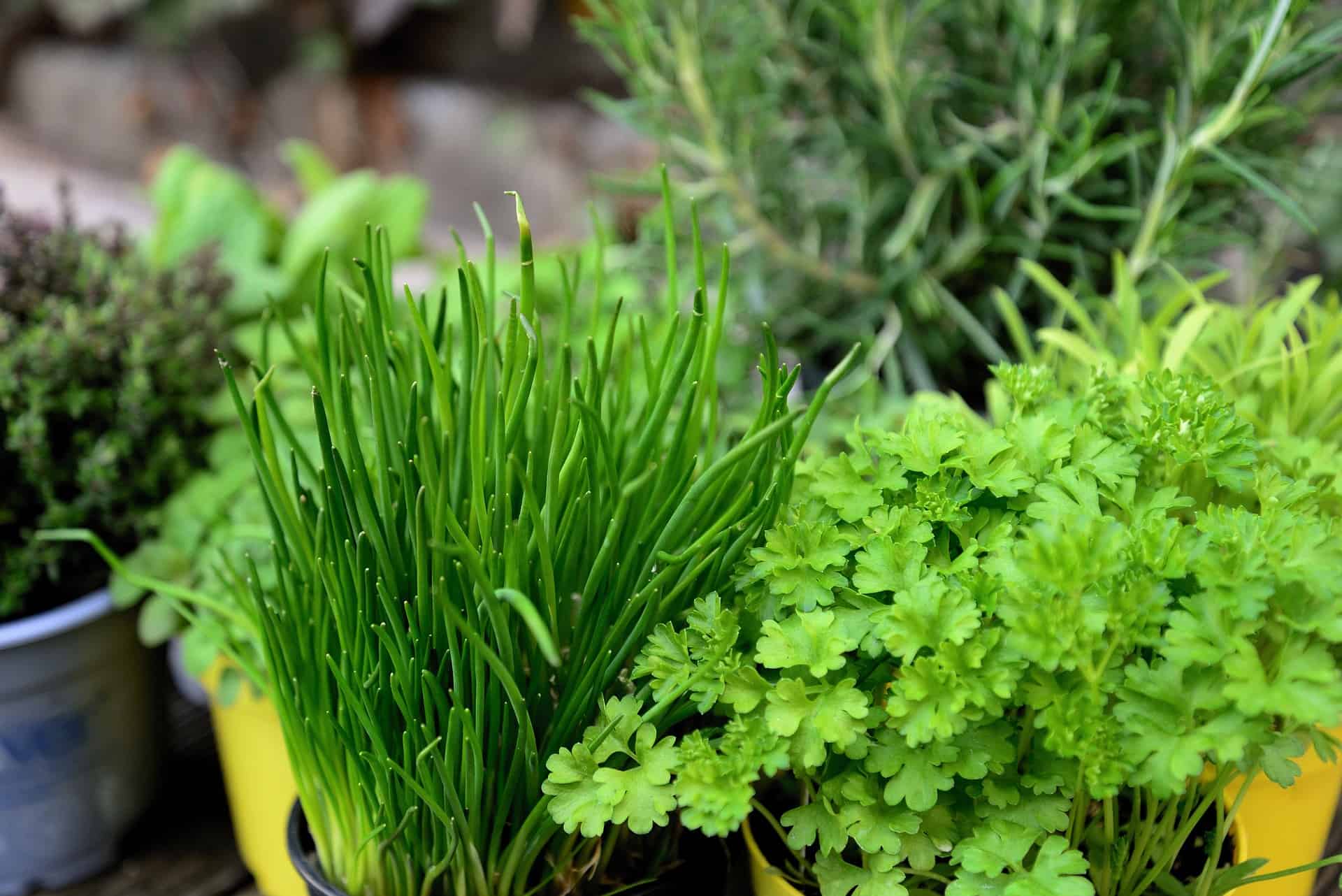
Placing a potted herb garden on a windowsill is a simple and fast project. However, there are a few things to bear in mind about maintenance. Here are some tips for keeping your herbs growing healthy and strong:
🪟 Planters
Because indoor herb garden space is limited, tiny pots are frequently the only alternative. Only plant three to four herb seeds in a tiny pot to guarantee healthy plant growth. It’s a good idea to separate store-bought herbs, as they’re frequently too concentrated to use together.
If you want to grow any of the herbs mentioned in your kitchen, you’ll need to find containers with drainage holes and line the bottom with pebbles or expanded clay to ensure that water can readily drain away.
In addition, invest in high-quality soil that can retain water and nutrients for a long time. Different herbs have different requirements for ideal soil composition.
🌞 Light and Temperature
Light and temperature are important factors when growing herbs on a windowsill. Herbs need to be exposed to plenty of direct sunlight to thrive, ideally 6-8 hours of sun a day. If you live in an area that experiences long periods of darkness during winter, you may need to supplement with artificial light sources such as fluorescent bulbs or grow lights.
Regarding temperature, most herbs do best at temperatures between 65-85 degrees Fahrenheit. However, some can tolerate lower temperatures but may become dormant if the room is too cold. Check the label on your seeds or plants for specific requirements before planting.
It’s also crucial to provide adequate ventilation for your herbs, especially when growing indoors. You can open windows or use fans, though take caution not to expose them directly to drafts or strong winds.
In addition, make sure there’s enough space between plants so that airflow is unobstructed, and keep humidity levels low by providing drainage areas and avoiding overwatering.
Remember that all plants need occasional rest periods; don’t expect your herbs to continuously produce leaves and flowers year-round! To ensure they have time off from producing their crop, restrict light exposure by covering them with a shade cloth or similar material during their resting period – this will help conserve energy needed for regrowth later on.
🀩 Overwintering Herbs
Since perennial kitchen herbs like thyme, basil, and sage can’t be grown outdoors in most regions during winter months, it’s important to protect them from extremely cold temperatures.
First, ensure to water your herbs regularly leading up to the cold season; healthy plants are better able to withstand frost than dry and stressed ones. When colder temps arrive, move your windowsill herb garden indoors into an area of bright but indirect light away from drafts or strong air currents.
You might also consider setting up nutrient-dense plant light bulbs to provide additional energy for their growth – just make sure that temperatures remain between 65-85 degrees Fahrenheit, and the light is not too bright.
🪴 Repotting
Repotting your herbs every spring is essential for their continued health and growth. By repotting, you increase the amount of fresh soil in which they can draw nutrition and moisture, which helps promote strong root development. Plus, repotting allows you to remove any dead or diseased plant matter that may have accumulated in the soil.
When repotting, use a nutrient-rich soil mix containing organic matter. If you’re growing in containers, choose ones with adequate drainage holes to prevent waterlogging.
Lastly, be sure not to over-pot your herbs; larger containers may seem like the best option, but they can lead to slower growth due to the abundance of soil.
🐞Pests and Diseases
Inspect your herbs regularly for signs of pests or diseases. You can better use a magnifying glass or a flashlight to view potential problems such as aphids or powdery mildew. If you find an infestation, remove it immediately; this may include treating the plants with an insecticidal soap spray or neem oil.
Moreover, you can use companion planting and natural predators such as ladybugs to help control pests.
🌿 Harvesting Herbs
The most common time to harvest herbs is just before their flowering stage; this ensures the greatest flavor and medicinal properties are present in your crop. However, some herbs, like basil, can be harvested multiple times throughout the season, while others, like sage or thyme, require a few weeks between harvests.
When harvesting, use scissors or sharp pruners to clip off needed sprigs and leaves. Be sure not to take too much at once, as this can shock the plant and stunt its growth. If you plan on drying herbs for later use, ensure they are completely dry before storing them away.
Frequently Asked Questions
Q: Can a herb plant really need a sunny windowsill?
A: Yes. Many herb plants need direct or indirect sunlight. A sunny windowsill is ideal for providing the desired light while protecting them from drafts and strong winds.
Q: What does a perennial herb mean?
A: A perennial herb lives for at least two years and returns yearly, usually in spring. Common examples include oregano, thyme, sage, and lavender.
Q: What are the easiest herbs to grow on a windowsill?
A: Parsley, chives, and mint are some of the easiest herbs to grow in a windowsill garden. They don’t require as much attention or care as other herb varieties and can be easily harvested for culinary use.
Q: Why is it my starter plant seedling hasn’t started growing?
A: Seedlings can take several weeks to germinate and start sprouting, so don’t be discouraged if yours isn’t showing signs of growth yet. Make sure the soil is moist and that your windowsill gets adequate light before assuming it won’t grow.
Q: How can I ensure that my favorite herb gets enough nutrients?
A: Adding a liquid fertilizer once every two weeks can help ensure your herbs receive the nutrition for healthy growth. Moreover, adding organic matter such as compost or manure to the soil helps to provide additional sustenance that may be lacking in the area.
Final Words
Growing herbs on a windowsill is an enjoyable way to add color and flavor to your kitchen. With proper care, you can have a thriving herb garden that provides fresh ingredients for cooking in no time! Be sure to keep the soil moist, provide adequate sunlight, and repot every spring.
Now that you know what it takes to grow healthy herbs indoors on your windowsill – get out there and start growing today!
